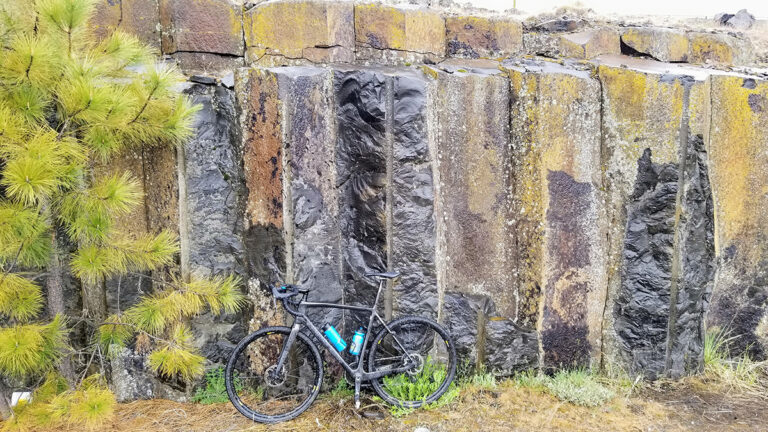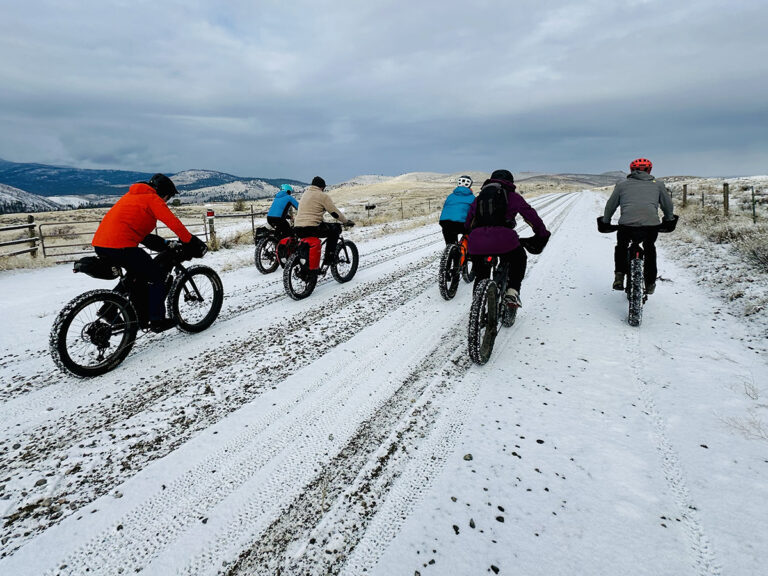For Inland Northwest surfers, getting your wave fix has often meant driving 8-10 hours to brave the chilly waters at a popular and often crowded Washington or Oregon coast surf spot. Over the last several years though, many land-locked surfers have discovered a new way to ride lake waves with the help of a specialized boat and basic wakesurfing gear.
Wakesurfing is the act of surfing the tailing wake off the back of a boat, just a few feet from the stern, without bindings holding you to the board and, often, as riders progress, without holding on to a tow rope, letting the wave push you along. When it began attracting more public attention a decade ago, it took the tow-sports industry by storm and quickly grew into one of the more exciting and challenging sports you can experience behind a boat. The sport was pioneered by surfers in the early 1960s, but it didn’t really take off until surf-specific boats and board designs were created, allowing the progression of wakesurfing to reach its current heights.
Wakesurfing has picked up even more momentum recently as new classes of surf-specific boats are getting into the game–a game once owned completely by inboard boat manufacturers. Currently, there are three types of boats that are legal to surf behind; inboard, jet, and forward drive boats. Surfing behind any other type of boat is not only illegal but very dangerous.
Inboards are the cream of the crop surf boats. Their props are located underneath the boat and well out of the way of a surfer. Boats in this class are typically used specifically for tow sports and carry a hefty price tag. The surf-specific models produce the largest wakes and have the most bells and whistles when it comes to changing the size and shape of the wake. With forward drive engines, the propeller works from an exposed position beyond the transom to underneath the hull, safely away from a rider. They look and act similar to a sterndrive but are designed for safe surfing.
Less costly than their inboard cousins, forward drive boats will still produce great wakes that are slightly smaller. In the last couple of years, jet boat manufacturers have also gained in popularity as a jet propulsion boat offers a safe alternative with no exposed props. These boats are the least expensive of the three, but, while they do produce surfable wakes, they are more difficult to ride because a jet doesn’t produce the large, clean wakes that a prop boat can.
Driving the Boat and Shaping the Wake
Once you’ve figured out which boat is best for you, dialing in the ballast or added weight distribution system is next. Even top-end inboard surf boats need ballast to create spectacular wakes. The safest way to achieve proper surf ballast is to use ballast bags in both the stern and bow of the boat. Ballast bags are filled with water using a special pump. Once full, they add anywhere from 100 to 1,000 pounds of weight depending on their size. This dramatically increases the size and improves the shape of the wave. While ballast bags are standard equipment on any surf-specific boat, they will need to be added to older boats.
More recently, manufacturers have added wedges, plates and other external devices to help shape the wake even further. Often proprietary to their surf-specific boats, these gadgets do help, but they will only have a small effect when compared to ballast bags. A tower is not necessary but is nice to have. It offers a high tow point that makes water starts easy while keeping the rope out of the way of passengers sitting in the stern of the boat. These are often standard equipment of surf-specific boats.
Once you have your boat and your ballast bags are full, it’s time to figure out how to drive a surf boat. Surf speeds are typically anywhere from 8-12 mph depending on how the wave reacts. Some boats will also produce a better wake when the driver performs a slight turn inward toward the side the wakesurfer is on; you’ll have to experiment with your boat to find the right mix. If you have cruise control, utilize it as holding slow speeds on a boat can be tricky.
Wakesurfing Gear
While you can use any board behind the boat, to really maximize your fun, invest in a wakesurf board. Wakesurf boards are a hybrid of traditional short board surfboards and wakeboards. Almost all major brands that manufacture wakeboards now carry a line of wakesurf boards. These boards will help you make the most out of the small surf pocket that these boats produce, while also increasing your odds of surfing without a rope as you progress.
It’s also smart to invest in a wakesurf rope. Traditional wakeboarding ropes are long and thin. The thicker and shorter design of wakesurf ropes makes maneuvering much easier for the rider. Wakesurf ropes will often have extra knots and grips throughout the rope, allowing the wakesurfer to utilize as much or little of the rope as they want when trying to find the sweet spot on the wake.
Safety and Shoreline Concerns
Wakesurfing is a fun and safe activity for the whole family, but in recent years, some waterfront home owners have begun to lobby against it. Surf boats produce large wakes that can contribute to erosion when surfing is done too close to docks and shorelines. To minimize impacts to the lake environment and private property, it’s always best to wakesurf in larger lakes in areas that are far away from the shoreline, and, if possible, away from other boaters. Doing this will help ensure a sustainable and safe future for this great sport. // (Brad Naccarato)
Try Wakesurfing, Wakeboarding, and Water Skiing with Spokane Alpine Haus
This summer, Spokane Alpine Haus is offering several different demo days on local lakes where you can try wakesurfing, wake boarding and water skiing on the latest gear, including equipment from Ronix, Radar, HO, Hyperlite, Byerly, and Liquid Force. Space is limited to 10 people per outing and many of the demo-day dates are still TBD, so check back on the Spokane Alpine Haus Facebook and Instagram pages for all of the developing details. The 3-4 hour demo day trips will “bounce around between Newman, Liberty Lake, and Coeur d’Alene,” says shop owner Drew Harding. No experience is necessary to participate, says Harding. “We will be able to give instructions for beginners, and experienced riders will have a good opportunity to ride new boards or skis.” // (OTM)











